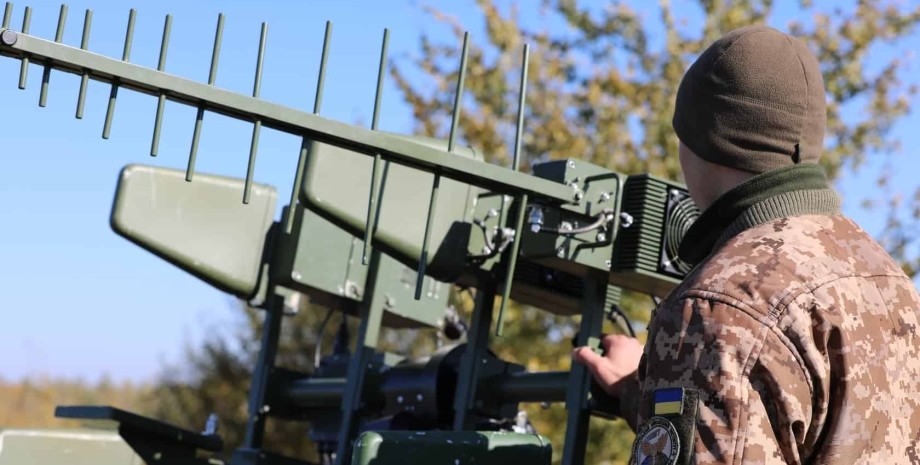
 By Victor Duda
By Victor Duda
According to him, the needs of "large" HRB systems are closed by only 25%, the front line of Ukrainian soldiers has only 2-3% of the number of "trenches" they need. Sergei Beskrestnov stressed that the main problem is the need to create a "dome", which will protect the position on all sides, which is difficult, because when some frequencies are suppressed, the opponent goes to others. "Catastrophic deficit," says the expert.
"The dome is exactly needed, because the technique in motion is returned in different directions - to the front and enemy. There is a difficulty: a system that radiates in a circle and evenly scatters obstacles on all sides of the circular antenna, needs enough high power. Or is needed instead of one circular antenna a large set of antennas directed on all sides, which increases dimensions, cost.
" He added that every FPV-Drone flight is a unique situation with different signal levels and different flight tactics. This is because the enemy uses different frequencies and antennas to transmit signals. "Now both we and the enemy make such settings that, in the event of disappearance of control channel, UAV will continue the flight at the same trajectory, at the same speed.
That is, if the drone goes from afar, which is covered by the" dome "and the connection It will interrupt, it will still impress it. If it was enough to work 10-15 meters from the drone, it should now be effective at least 60 meters, "the expert added. Sergiy Beskrestnov stressed that Ukrainian decisions are available against FPV-oules at the level of 30-35%, which is not one hundred percent reliability. However, there is an opportunity to create such protection.
But it requires a lot of power (about 400 watts) and many antennas, which complicates their use. There is also a high risk that such powerful systems will be silenced by Ukrainian drones if the units do not coordinate work. "There is also a solution: to try not to suppress the control channel, but a channel of video signal. If I see that I fly Russian drone, then a powerful obstacle is launched in the direction other frequencies.
And then you will need a solution that will scan the entire range, "said Sergei Flash. The expert added that this is the right, but expensive approach, because the price of such a rebe will be about $ 5-8 thousand, and now the tubers are sold for $ 1-2 thousand. Another problem in the field of HRS systems is that developers may face the problem of deficiency of Chinese components.
China can also limit deliveries, so there is a proposal to establish the production of components in Ukraine, where there are opportunities and experienced professionals. Many people talk about the need to create a domestic enterprise for serial production of HR, but there is no such enterprise. The stumbling stone is to attract large enterprises that may not be interesting small -scale production.
Earlier, we wrote that the IP systems will become smaller and even more powerful, because engineers are already creating a new chip for the military. The US Navy want to get the most effective power amplifier that can be installed on small size equipment. Earlier, Focus said that the expert exposed the myth of the Armed Forces of the Russian Federation about the long resistance of the drone SuperCam.










All rights reserved IN-Ukraine.info - 2022